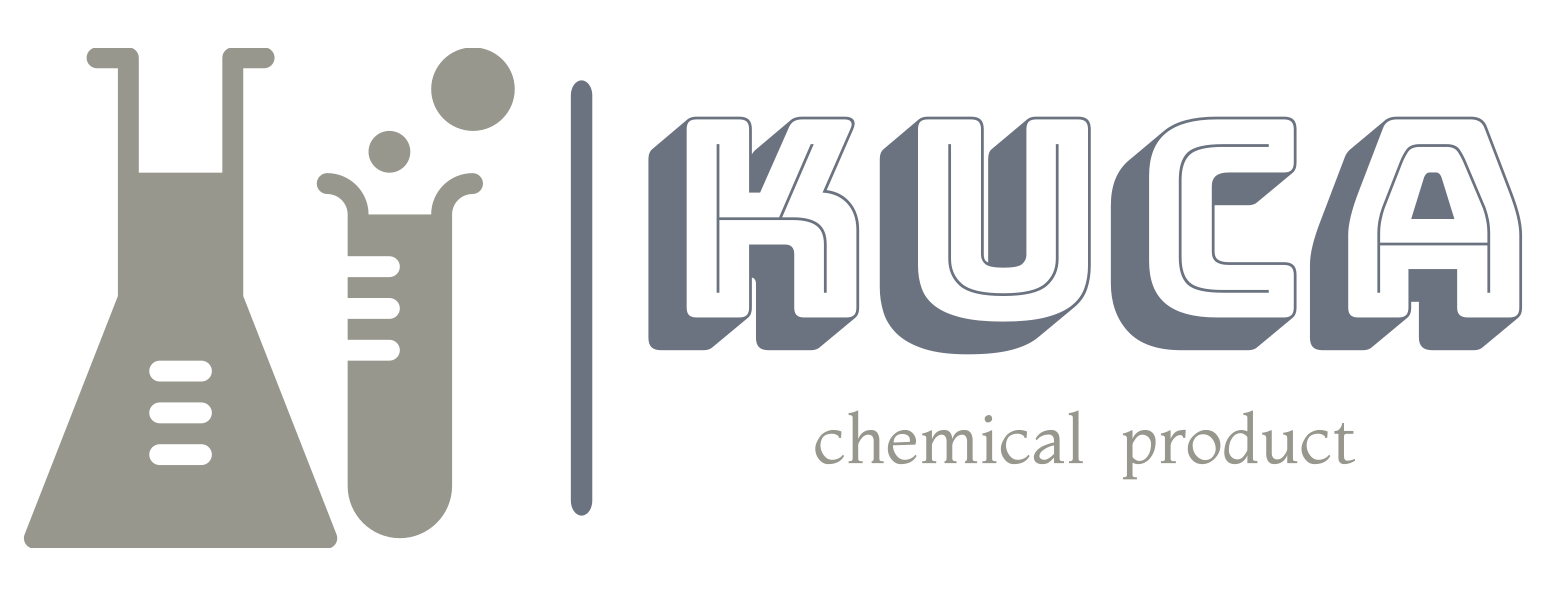Cocamide DEA (CDEA) is a nonionic surfactant produced by the reaction of coconut oils and diethanolamine. It is a viscous yellow to amber liquid that is widely used in personal care and cleaning products due to its excellent emulsification and thickening properties.

I. Chemical Properties
Cocamide DEA is composed of a mixture of ethanolamides and coconut fatty acids. It is a viscous, yellow to amber liquid that is water-soluble and highly soluble in organic solvents. The active content of CDEA is typically around 85%.
II. Applications
1. Personal Care: CDEA is widely used in personal care products such as shampoos, conditioners, body washes, and facial cleansers. It acts as a thickening agent, providing the desired consistency and texture while also increasing lather production.
2. Cleaning Products: CDEA is used extensively in the production of cleaning products such as dishwashing detergents, laundry detergents, and all-purpose cleaners. It enhances the foaming ability of these products and improves the solubility of soils and stains.
III. Health Concerns
CDEA is considered safe for topical use in personal care products and is regulated by the US Food and Drug Administration (FDA). However, there are some concerns regarding its potential toxicity. In animal studies, exposure to high levels of CDEA has been linked to increased rates of liver and kidney cancer. The International Agency for Research on Cancer (IARC) has classified CDEA as possibly carcinogenic to humans.
IV. Environmental Impact
CDEA has low acute toxicity and is not considered harmful to aquatic life. It is biodegradable, which means it can be broken down into natural components without long-term environmental effects. However, the production and disposal of CDEA can still have environmental implications if not handled or disposed of appropriately.
V. Regulations
The use of CDEA in cosmetics is regulated by the FDA under the Federal Food, Drug, and Cosmetic Act (FD&C Act). The concentration of CDEA in cosmetic products is limited to 10% by weight. In the European Union, CDEA is subject to EU regulations regarding the production, import, and export of chemicals.
VI. Conclusion
CDEA is a widely used and effective ingredient in personal care and cleaning products. It serves as an emulsifier and thickener, providing a desirable texture and improving the cleaning ability of these products. While it is generally considered safe for topical use, its potential toxicity and its classification as possibly carcinogenic to humans indicate the need for caution. Careful handling and disposal practices and regulatory oversight are necessary to minimize potential harm to human health and the environment.





No comment